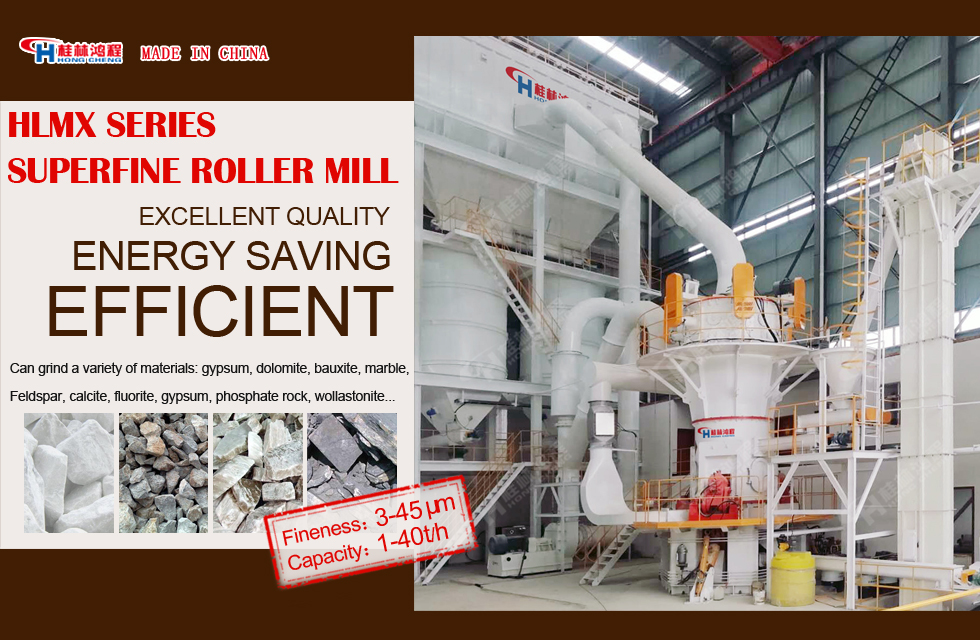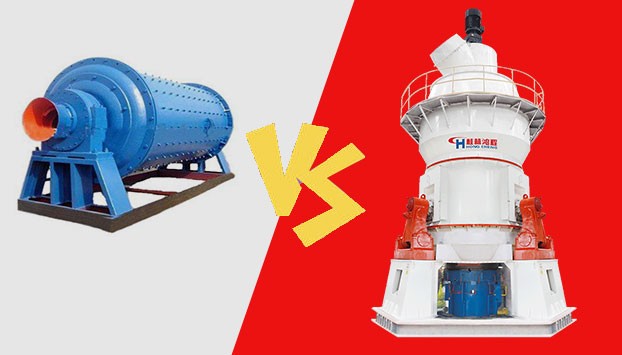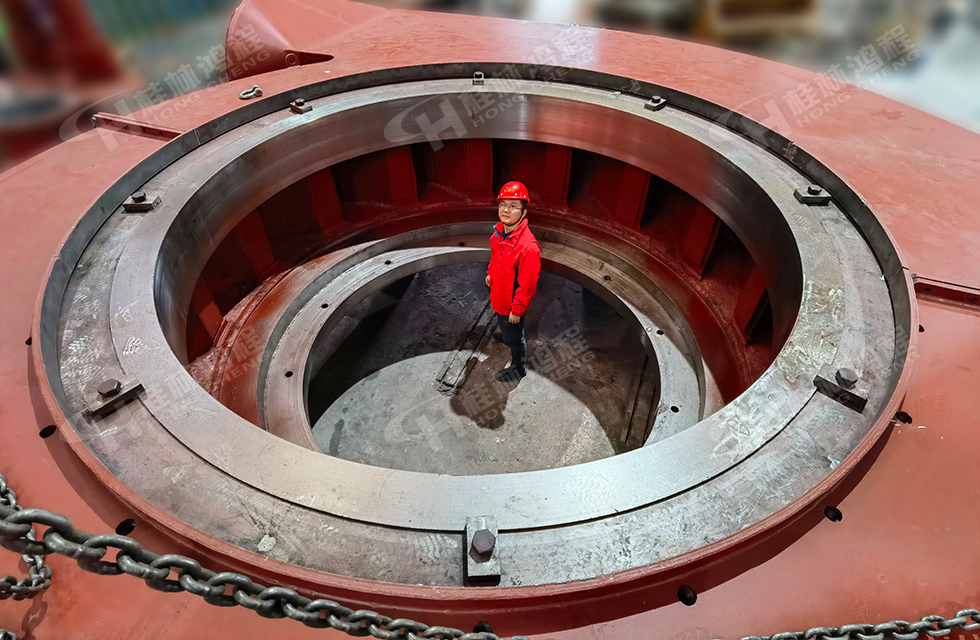
- all
- product
- blog
- all
- product
- blog
Preparation technology and application field of organic intercalated bentonite!
- 2018-12-20 10:45
- HCM
Preparation technology and application field of organic intercalated bentonite!

Bentonite is a hydrated clay dominated by smectite, and montmorillonite is a kind of silicate mineral consisting of two layers of siloxane tetrahedral sheets and a layer of aluminum (magnesium) oxy (hydroxy) octahedron sandwiched between them. Structural layers are combined with weak coulomb force. Special expansive interlayer makes bentonite have many excellent properties such as water absorption, expansion, adhesion, catalytic, suspension, non-toxicity, thixotropic, ion exchange and so on.
In addition to the above properties of natural bentonite, organic intercalated bentonite has a wider application range and better effect because layer space is larger than that of natural bentonite. For example, as to organic media, because of good expansion and high dispersion, it can be widely used in industries such as coatings, shoe polish, environmental protection, paint, oil drilling, plastics, cosmetics, casting, thickeners, dyes, high-temperature greases, nano composites, etc.
1. Preparation method and influencing factors of organic intercalated bentonite
The commonly used preparation methods for organic intercalated bentonite are dry method, wet method, pregel method and the method of microwave synthesis.
Method |
Principle |
Advantages |
Disadvantages |
Dry grinding |
The aqueous sodium-based bentonite is directly mixed with organic quaternary ammonium salt. Then uniformly mix them with a special heating mixer and extrude them to prepare organic bentonite containing a certain amount of water. |
Simple preparation process Easy operation |
High energy consumption Poor uniformity of finished product |
Wet grinding |
Bentonite is dispersed, purified and modified. Replace the metal ions between the bentonite layers with long carbon chain organic cationic groups to expand the interval distance. After hydrophobic organic bentonite is formed, then they are dehydrated, dried and ground to form powdery products. |
Relatively mature technology |
It takes long time because there are many steps, which is not conducive to pressure filtration and drying. The performance of the product is not good. |
Pregel method |
Bentonite is dispersed, modified and purified. During the process of organic coatings, hydrophobic organic solvent is added. The hydrophobic bentonite composite is extracted and added into the organic oil. The aqueous phase is separated, and the residual water is removed by evaporation. |
Simple preparation process
Easy operation |
High energy consumption Poor uniformity of finished product |
Microwave synthesis |
According to different ratios, prepare surfactant solution with a certain concentration, add a certain amount of bentonite, stir slightly and place the slurry in a microwave reactor. After they are irradiated for a period of time, wash them with water, remove free surfactant and filter the oil. And then they accept radiation from a microwave reactor to remove most of the water. They are dried, ground and sieved. |
High reaction rate
Low activation energy
Good thermal stability |
Hazard radiation |
There are many factors affecting the performance of organic intercalated bentonite, such as choices of the original sample of soil, the reaction environment, and organic modifiers. If we can control the influencing factors, bentonite can perform well and can be well applied.
(1) The influence of the sample of original soil
The nature of montmorillonite and its chemical composition are related to its internal structure. The exchange cation of sodium-based bentonite is the sodium ion, and the exchangeable cation of calcium-based bentonite is the calcium ion. Sodium-based bentonite is more easily modified than calcium-based bentonite. And that is, it is better than calcium-based bentonite in terms of ion exchange, gel medium and expansion multiple. Therefore, the ideal material is sodium bentonite.
(2) The impact of the reaction environment
The properties of bentonite are mainly affected by the reaction environment and preparation methods. The reaction environment includes medium, the amount of the organic modifier, reaction temperature, reaction time, the state of the original soil, and so on.
Studies have shown that the removal effect of organic bentonite increases with the increase of the amount of modifier, but the mass ratio of organic modifier or bentonite doesn’t increase after reaching a certain value. The mass ratio is different due to different types of treated materials. The optimum amount should be determined according to the exchange capacity of montmorillonite and the amount of the modifier, because bentonite also has a saturated adsorption amount to the organic modifier.
The modification temperature also has an effect on the removal efficiency of bentonite. And in other words, the removal rate will increase with the increase of temperature, but after they reach the maximum value, removal effect will decrease with the increasing temperature.
(3) The influence of organic modifiers
The choice of organic modifiers is especially important for the preparation of organic bentonite. Different modifiers will result in organic bentonites with different superficial structures and different properties. The properties of the modifier, the length and structure of carbon chain, and the number of long carbon chains all have an effect on the superficial properties and layered structure of the organic bentonite. As a result, the intercalation and peeling of the polymer or layered silicate will be affected. Under different dosages and types of surfactant, the results are also different. But under the same content of organic carbon, similar partition coefficients may be exhibited.
The organic modifier mainly affects the intercalated space of the bentonite. The larger the space is, the better the hydrophobicity is. As to the type of organic modifier, its effect is that the organic cations of different carbon chains have different cross-sectional areas. When the cross-sectional area of the cation of the modifier is suitable for the average area occupied of the exchange point per unit between the smectite layers, the interlayer can reach the degree of coating. And a better gel is formed in an organic solvent to obtain relatively good organic bentonite with higher viscosity and better gel property.
In addition, if attice severely distorts, the viscosity and fluidity of bentonite change greatly. With the increase of length of the organic carbon chain in the soil, the the temperature of decomposition of heat resistance will be higher. Its gelatinity is related to the nature of the organic carbon chain in the soil (length, structure, polarity), the size of the organic soil particles and the polarity of the solvent molecules. When the alkyl chain is of the same length, the strength of gel formed by the alkyl chain containing a double bond or an aromatic functional group is high.
2. The application fields and characteristics of organic bentonite
With certain properties of organic and inorganic substances, organic bentonite belongs to hybrid materials. It is widely used in the fields such as decolorization of dye, pigment of anti-precipitation, the treatment of waste water containing organic matters, pesticide adsorption, composite materials, anti-penetration, pharmaceutical release, ink, latex paint, coatings and catalysis.
(1) Paint and ink
The addition of organic bentonite to the paint and ink can increase the viscosity of the liquid organic system and change its fluidity. If organic bentonite is added to the ink for high-speed printing, its viscosity can be increased. Besides, the printing effect is good and the drying is fast. Organic bentonite can also be used in some inks. Because some solids are suspended in the organic liquid. Their penetrations into the porous base can be controlled and their permeability and uniformity can also be changed. And the writing is clear and not blurred. In terms of paint, the addition of organic bentonite can significantly improve its suspension, fluidity, corrosion resistance and dryness. If it is added to the pigment and paints, properties such as anti-precipitation and corrosion resistance will be excellent.
(2) Oil drilling
Oil drilling is the most widely used industry for organic bentonite. Organic bentonite can significantly improve the stability of the mud. And the mud can have good rheology, lubricity and corrosion resistance.
(3) Sewage treatment
Organic bentonite has good performance of adsorption and is widely used in the purification of sewage and waste water because it can effectively adsorb the organic substances in waste water. The steps of treatment of the waste water are as follows: the organic bentonite is added to the organic waste water to be treated according to a certain ratio. They are stirred (or irradiated by microwave) and then wait for precipitation. When the solid and liquid are separated, detect and discharge them after they reach the discharging standard.
(4) Composite materials
Organic bentonite can also be used in the field of composite materials, especially for polymers and their modification. Nano-grade organic bentonite can be applied in plastics(nylon, epoxy resin, polyolefin, etc.), nano-modification of plastics products and rubber products and can effectively improve its heat resistance, strength and wear resistance. Adding a small amount of nano-montmorillonite into the rubber can significantly improve the strength and elongation of the rubber, and even completely replace the fillers such as white carbon black and carbon black, which greatly reduces or eliminates pollution. This will be a revolution for the rubber industry in the 21st century.
The nano-scale organic bentonite composite not only reduces the weight of the traditional composite additives, but also greatly improves the hardness, flame resistance and gas barrier properties of the composite. In terms of rail, high-performance composite materials with elastic structure can be used in shock absorption. And the mechanical properties of vulcanized natural rubber can reach >30 MPa.
It is expected that in the next few years, organic bentonite will continue to develop in the direction of refinement, serialization and functionality. We should actively carry out research on the production technology of organic bentonite, accelerate the transformation of industrialization of results and expand the application field of organic bentonite. In the industry of organic bentonite, the main direction of development is that we should realize the comprehensive utilization of high-efficiency and high value-added organic bentonite.
About us
HCM Grinding Mill,Raymond Grinding Mill, Vertical Grinding Mill, Ultrafine Grinding Mill.
Grinding Machine
latest Post
-

Application prospect of vertical pulverizer for solid waste treatment under the green development
2023-02-04 17:26
-

Superfine water slag powder instead of cement to make high value-added building materials
2023-02-04 16:48
-

The white paper on the development of China's anode material industry (2023) has been released
2023-02-03 17:13
-

Guilin Hongcheng works with you to protect the green future
2022-05-13 15:43
-

HLMX1700 Superfine Roller mill case-High-end calcium carbonate powder project with an annual output
2022-04-01 13:52
-

Comparison of advantages and disadvantages of ball mill and vertical mill
2022-01-20 15:33
-

The optimal reuse of construction waste resources has become a hot project
2022-01-20 13:47
-

Super large Raymond mill
2021-12-23 14:27
-

Guilin Hongcheng invites you to follow Bauma China 2020
2020-11-02 16:09
-

Let’s to learn about the grinding mill manufacturer - Guilin Hongcheng
2020-09-07 15:07
